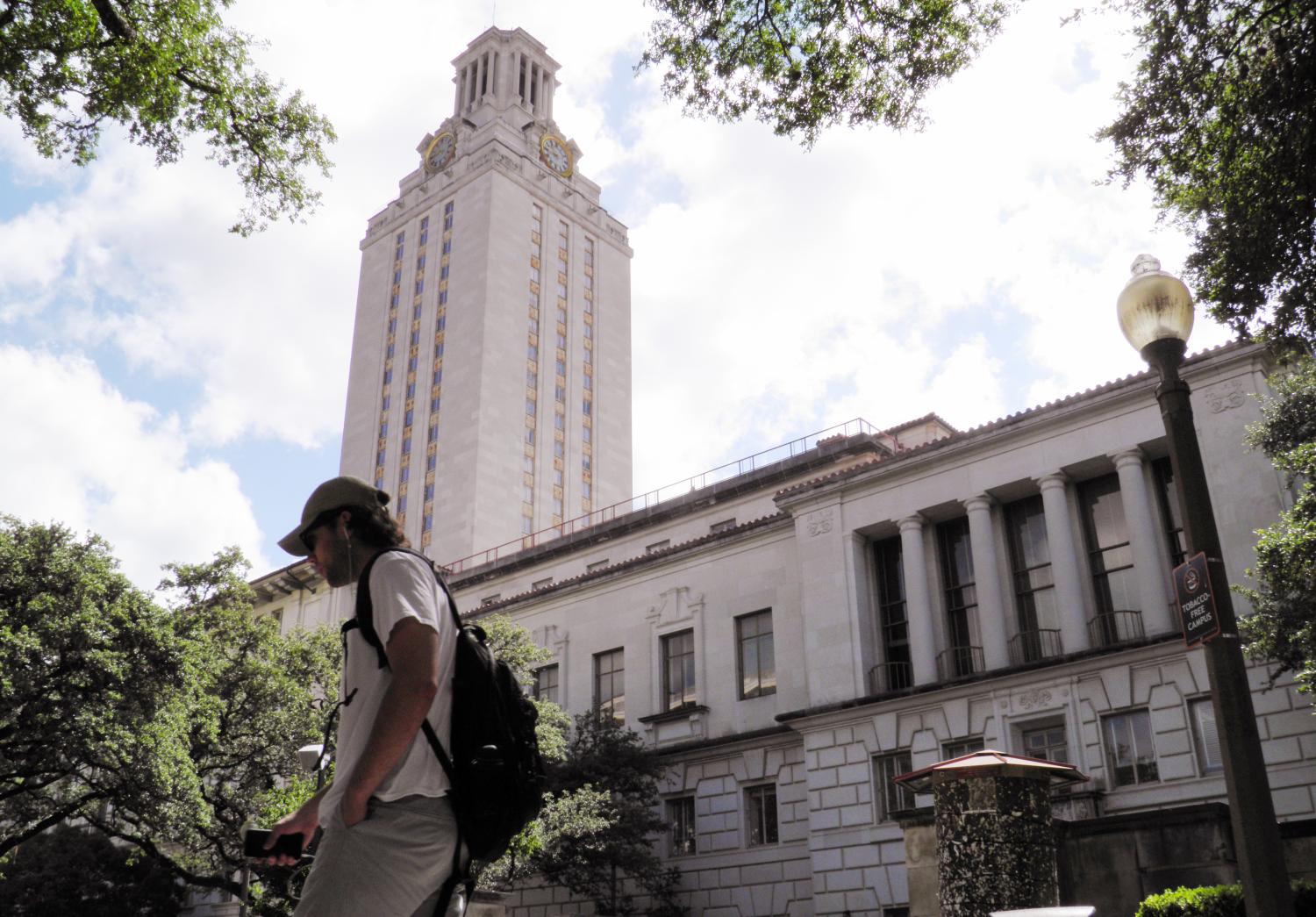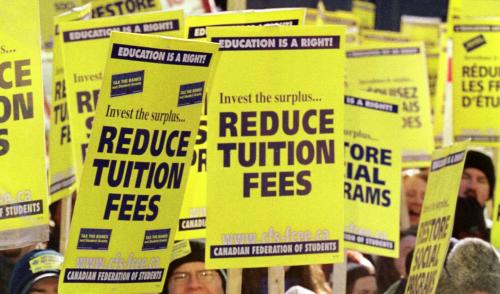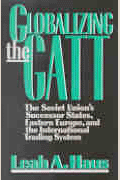Making federal student aid programs simpler and easier for students to navigate is a key goal of efforts to reauthorize the Higher Education Act (HEA), the federal law that governs these programs. Program consolidation is a key component of simplification, and moving to “one grant, one loan” was included in House Republicans’ HEA reauthorization bill and has also received support from Senator Lamar Alexander, who chairs the Senate committee responsible for HEA.1
Proposals to move to one grant and one loan have the potential to attract bipartisan support, especially if funds from eliminated programs are kept within the federal aid programs rather than used for other purposes such as deficit reduction. But the small programs that would be consolidated have their own constituencies, such as the colleges that benefit, which are likely to oppose such efforts.
In this note, I discuss who would win and who would lose under different strategies for streamlining federal grant programs into a single program (I set aside the loan programs).2 I show that it should be straightforward for Congress to repurpose funds from the second-largest grant program in a way that benefits the neediest students, but that colleges that previously received more than their fair share of grant dollars would likely see a decrease in funding.
Federal grants for undergraduates are provided largely through the Pell grant program, which provided $26.6 billion to 7.1 million low-income college students in 2016-17. The second largest federal grant program is the Supplemental Educational Opportunity Grant (SEOG), a much smaller program that provided $739 million to 1.5 million undergraduates in 2016-17.3 (The federal government also provides approximately $18 billion in tax benefits to college students in their families, subsidies which are ineffective and poorly targeted but outside the purview of the HEA.4)
SEOG, which dates to the earliest days of the HEA, is the largest program that would be eliminated under a move to a single grant program (the handful of other programs are even smaller). Rather than provide dollars directly to students, as Pell does, SEOG funds are allocated to institutions. Campuses are required to pay 25 percent of the total program cost and to provide funds to the neediest students.5
This short description suggests that eliminating the program will harm the neediest students. But dollars do not flow to the neediest students, but to the neediest students on campuses that receive SEOG funds. And the campus-based allocation is based on a formula that has changed little since 1979 (and is also used for the federal work-study program). This formula rewards campuses based on their prior participation in the program, as well as those with high sticker prices and unmet student need.6
The upshot is that the distribution of SEOG dollars does not match the distribution of Pell recipients across sectors. Figure 1 shows that, in 2015-16, more than a third of Pell grant dollars flowed to community colleges, but these institutions received less than a quarter of SEOG dollars. Private, non-profit (almost all four-year) institutions received a third of SEOG dollars, despite receiving only 16 percent of Pell grants.
The distributional consequences of eliminating SEOG and increasing Pell by a similar total amount would depend on the specific changes made to Pell. This type of restructuring would likely lead to reduced federal grant aid for some students, but it should be possible to accomplish in a way that results in a net benefit to the neediest students, most of whom do not attend the private colleges that receive more than their fair share of SEOG dollars.
Such a restructuring would likely provide diffuse benefits given the relatively small size of SEOG compared to the number of low-income undergraduates. The average SEOG recipient receives $489 (for comparison, the average Pell grant is $3,740). SEOG funds could be used to increase the grant aid of every Pell recipient by about $100. Or it could be used to increase the maximum Pell amount by about $400, a roughly 7 percent increase.7
And those diffuse benefits would be accompanied by concentrated losses for some institutions (and gains for others). An analysis of data from 2013-14 indicates that, if SEOG dollars were allocated in the proportion to Pell grants, Northeastern University, University of Wisconsin-Madison, and the University of Pennsylvania would each lose between $2 and $3 million per year. Ivy Tech Community College in Indiana would gain nearly $3 million, and the University of Phoenix would see an increase of almost $9 million.8
Relatively selective institutions would be in the strongest position to make up for a loss in federal support with their own resources from tuition revenues and endowments. Research indicates that, on average, selective private institutions reduce their own grant aid by 76 cents for every dollar in Pell grants a student receives.9 It thus stands to reason that these institutions would be most likely to make up for a reduction in federal aid with an increase in institutional aid.
There are no good policy reasons why SEOG should continue to exist in its current form. But even small programs can be politically difficult to eliminate, and the discussion above shows that the dollar amounts are small on a per-student basis nationwide. Congress thus might consider converting SEOG into a program with a purpose that is distinct from existing grant aid programs. For example, the funds could be used to provide additional support to institutions that produce better outcomes for Pell-eligible students.
Another option is for SEOG and the other campus-based aid programs (federal work study and Perkins loans) to be recast as an emergency aid program that colleges could use to help students with unexpected expenses such as an extra trip home to visit a sick relative, or for “completion grants” to students facing relatively small financial barriers to finish their degrees.10 Or Congress could fund a competition for institutions to implement and evaluate interventions aimed at improving the success at Pell-eligible students.
If the options facing Congress are to streamline grant aid through program consolidation or leave in place multiple programs as-is, simplification through consolidation is the best option on both efficiency and equity grounds.11 But alternative options may be especially attractive if there is political pressure to keep in place a program called SEOG.
The author did not receive any financial support from any firm or person for this article or from any firm or person with a financial or political interest in this article. He is currently not an officer, director, or board member of any organization with an interest in this article.
-
Footnotes
- https://edworkforce.house.gov/prosper/, https://www.help.senate.gov/chair/newsroom/press/alexander-on-perkins-loans-time-to-simplify-student-aid-system-to-one-grant-one-loan-one-work-study-program
- For discussion of student loans simplification, see https://www.help.senate.gov/imo/media/doc/Chingos.pdf
- https://trends.collegeboard.org/student-aid/figures-tables/federal-aid-recipient-program-over-time-current-constant-dollars
- https://www.urban.org/2016-analysis/pence-pays-little-federal-taxes-thanks-ineffective-regressive-education-tax-credits
- https://kelchenoneducation.files.wordpress.com/2017/09/campus-based-aid-paper-for-educational-policy-accepted.pdf
- https://kelchenoneducation.files.wordpress.com/2017/09/campus-based-aid-paper-for-educational-policy-accepted.pdf
- Approximately one-quarter of Pell recipients receive the maximum award (https://trends.collegeboard.org/student-aid/figures-tables/maximum-and-average-pell-grants-over-time). This would be harder to accomplish in practice given complexities in the Pell formula.
- https://kelchenoneducation.files.wordpress.com/2017/09/campus-based-aid-paper-for-educational-policy-accepted.pdf. These institutions are all among the top-10 recipients of SEOG funds (as of 2013-14), and thus the examples provided do not reflect the largest expected increases/decreases.
- http://econweb.umd.edu/~turner/Turner_FedAidIncidence.pdf
- http://www.coheao.com/wp-content/uploads/2017/03/COHEAO-Campux-Flex-COHEAO-Proposal-New-Updated-2017.pdf, https://www.chronicle.com/article/A-Small-Sum-Can-Make-a-Big/242658
- Some analysts have praised SEOG’s matching-funds component, but it would need to be dramatically scaled up to encourage more colleges to use their own dollars for financial aid (https://www.newamerica.org/education-policy/edcentral/seog/).










